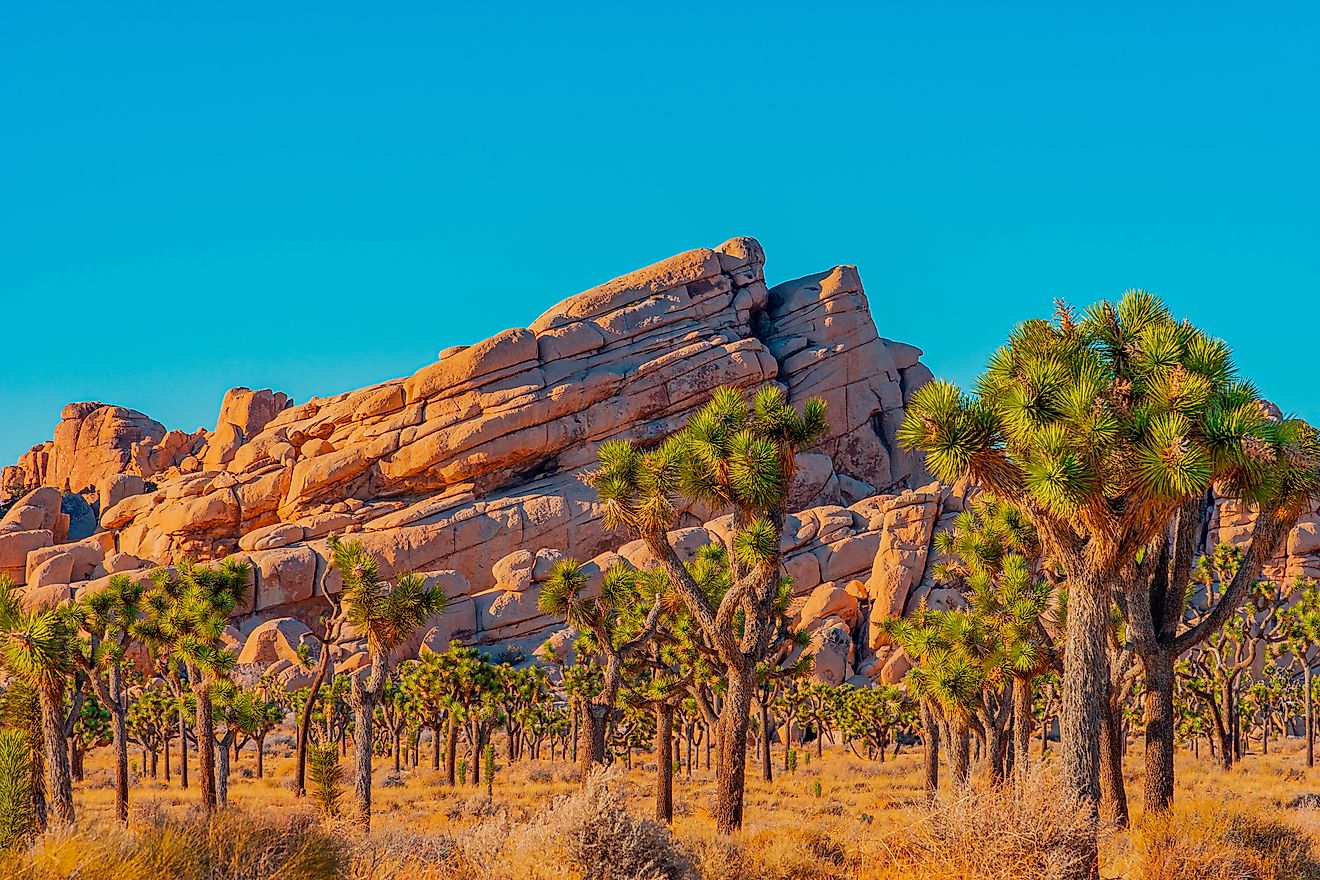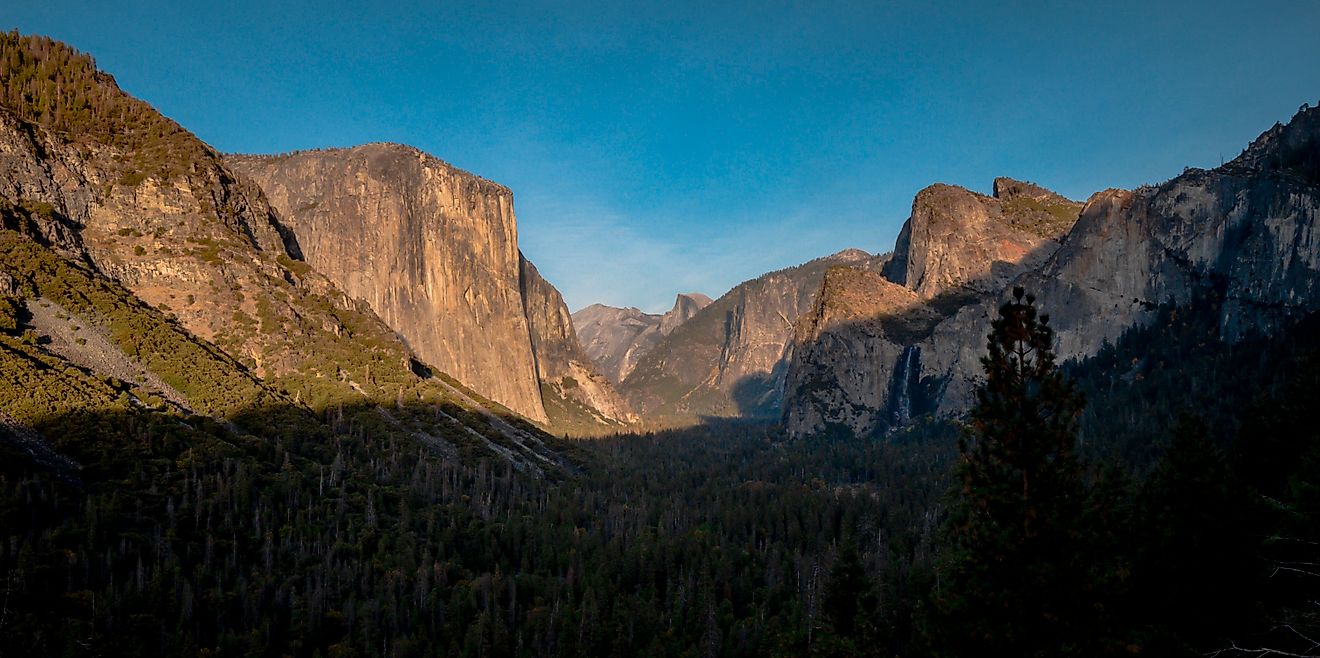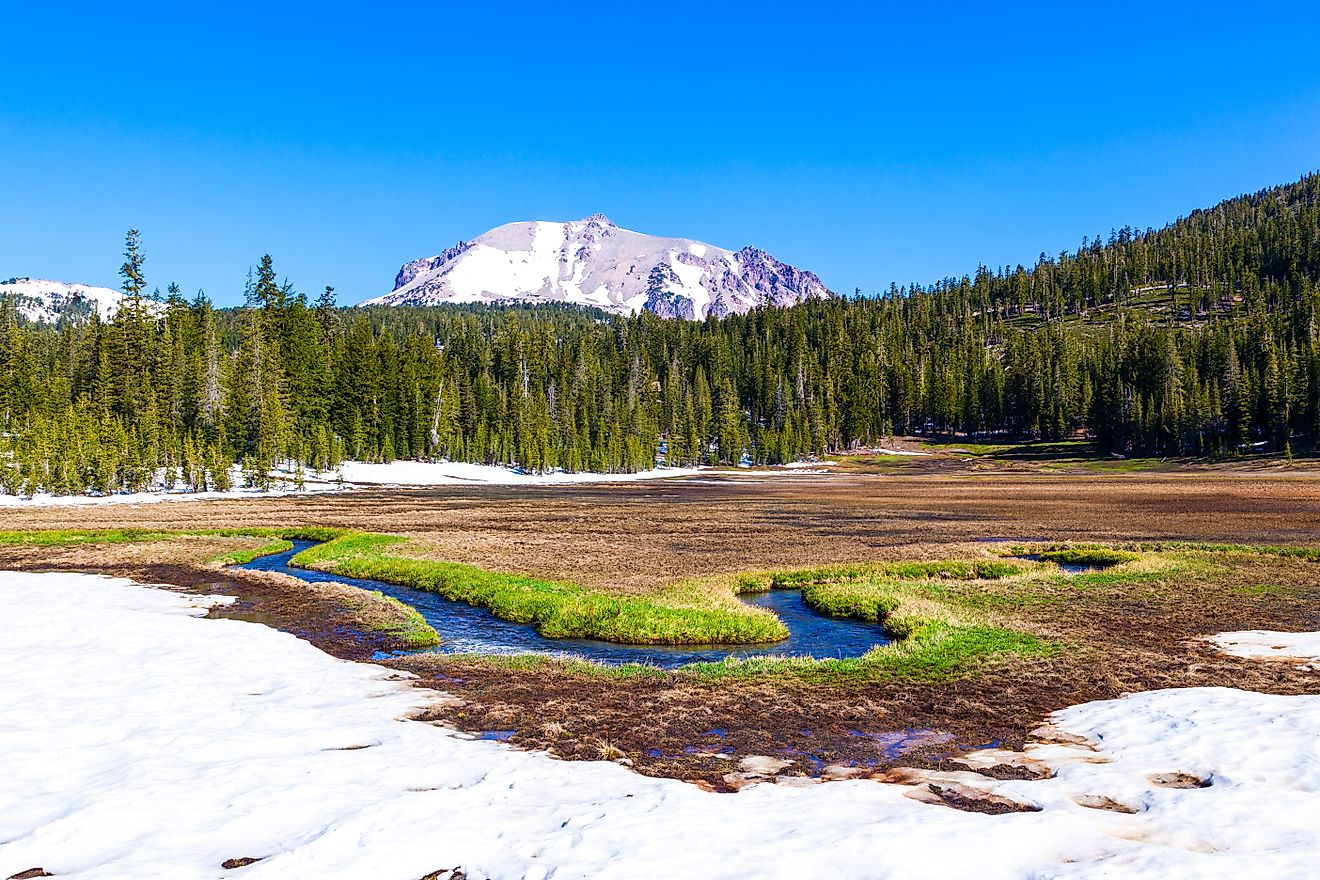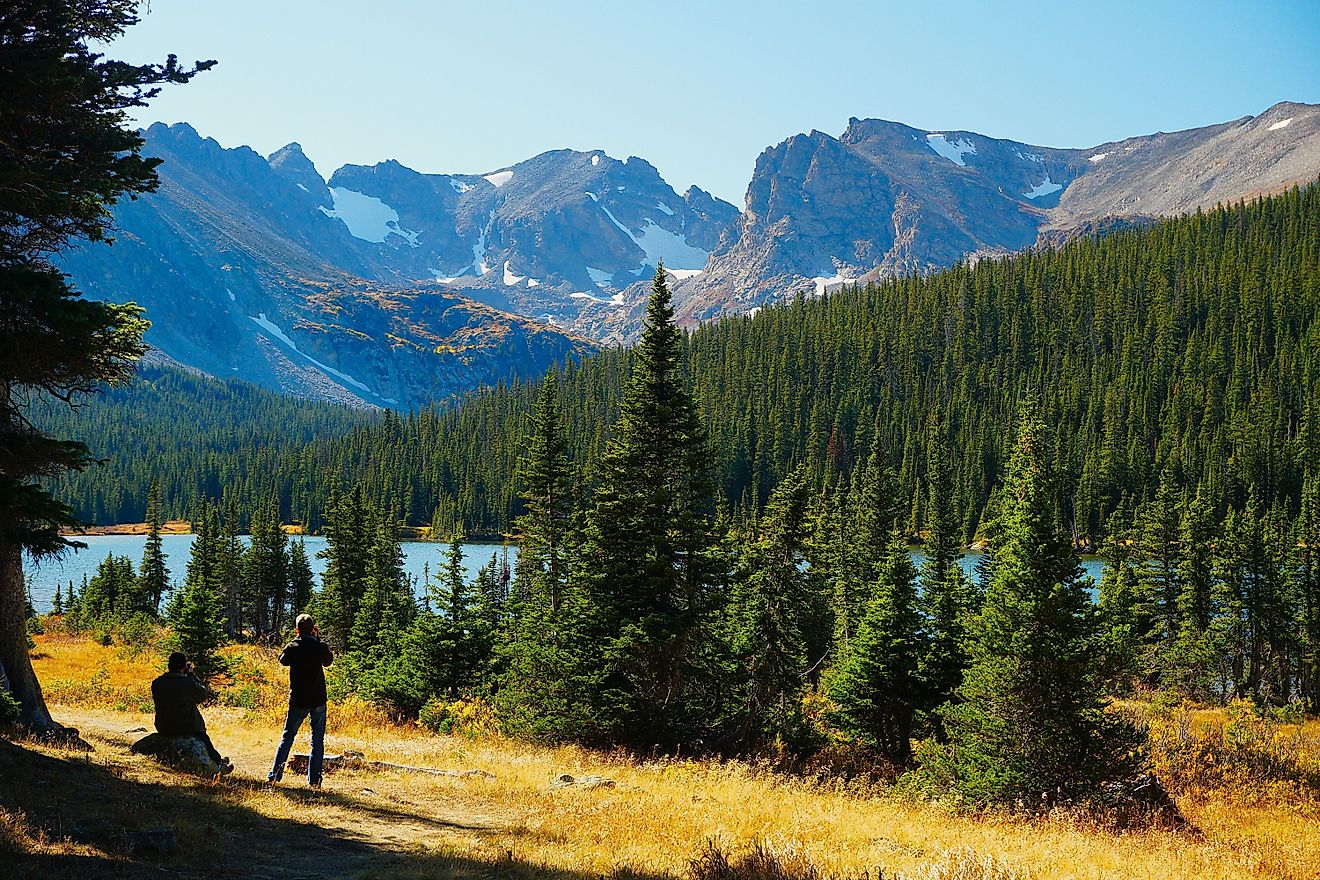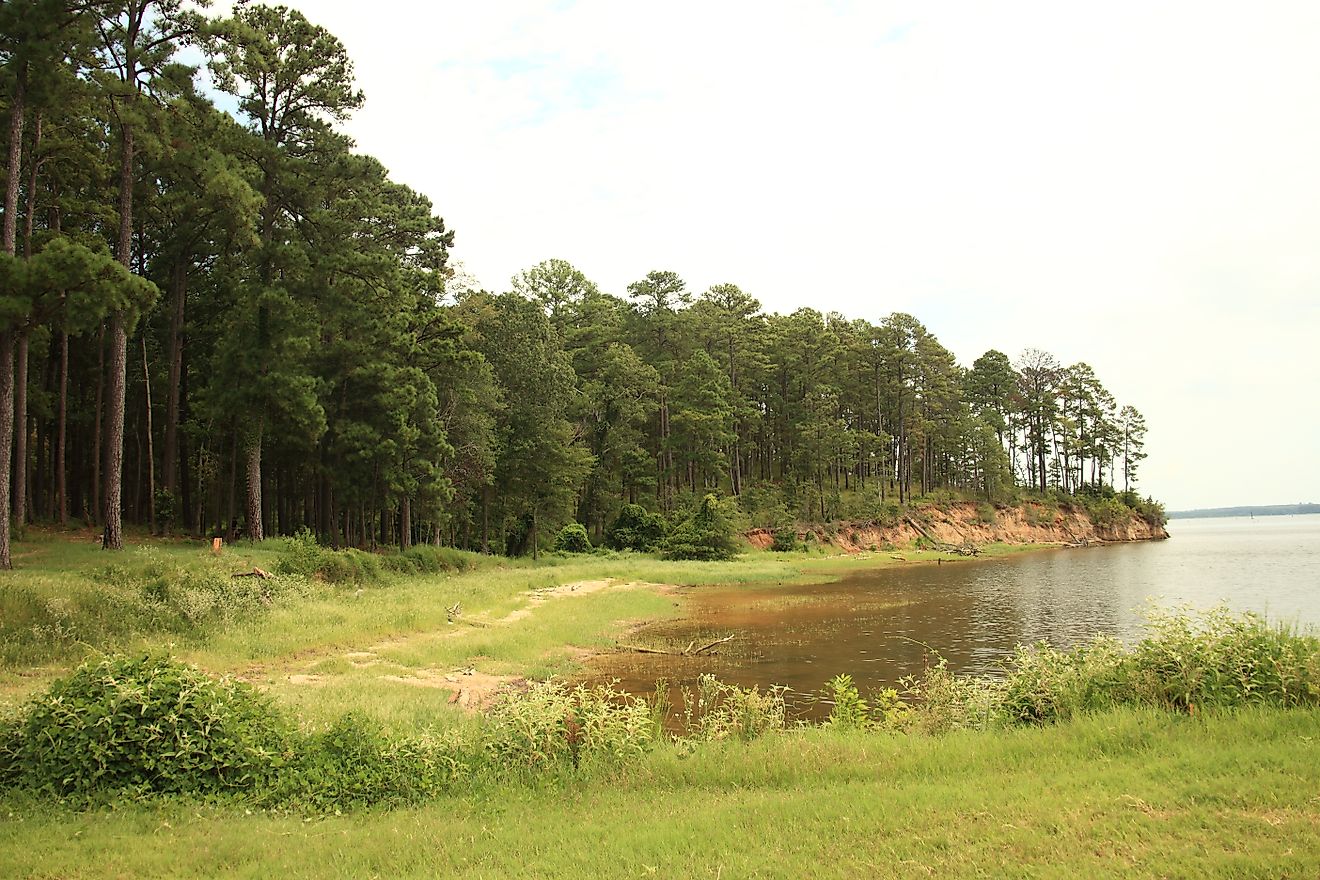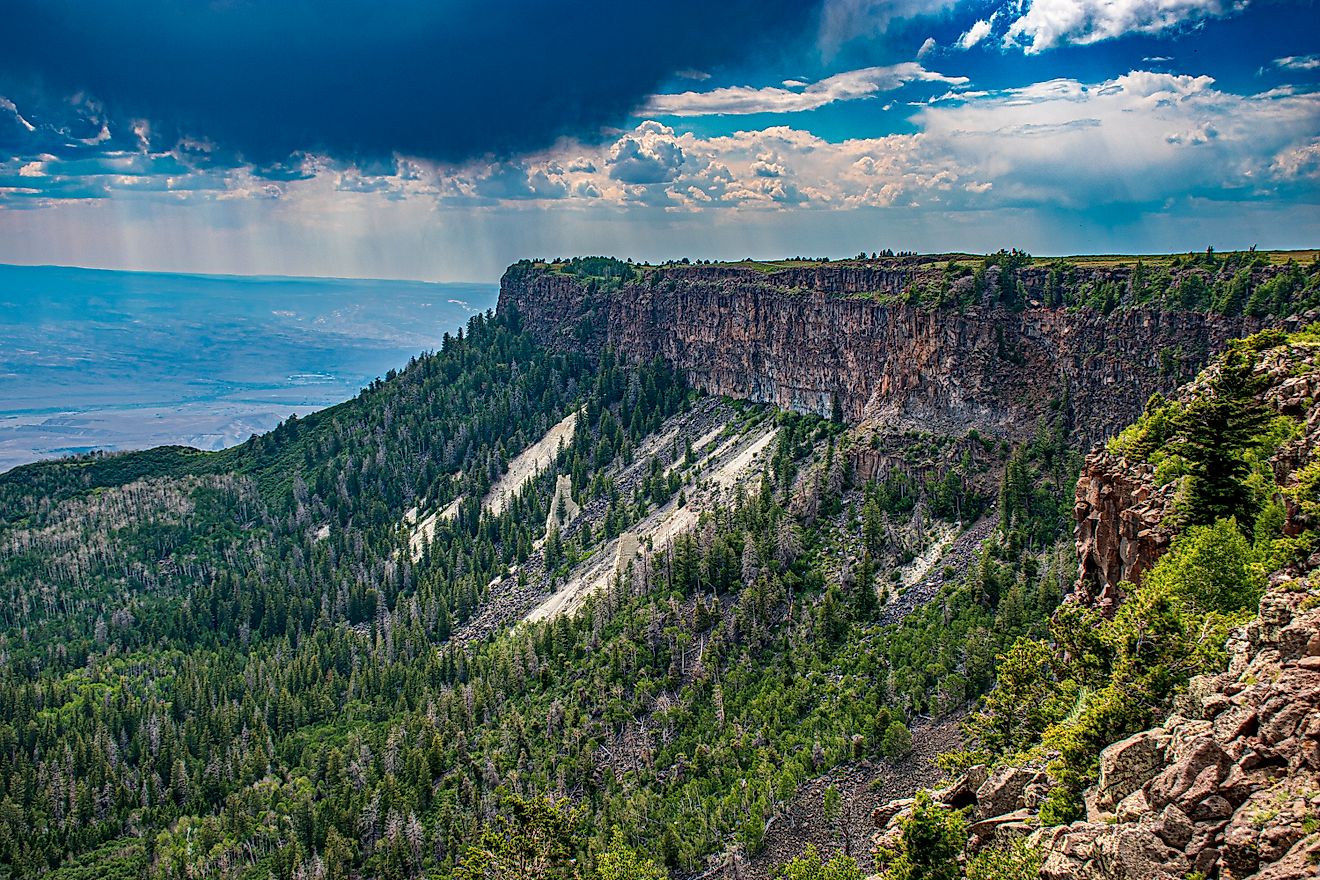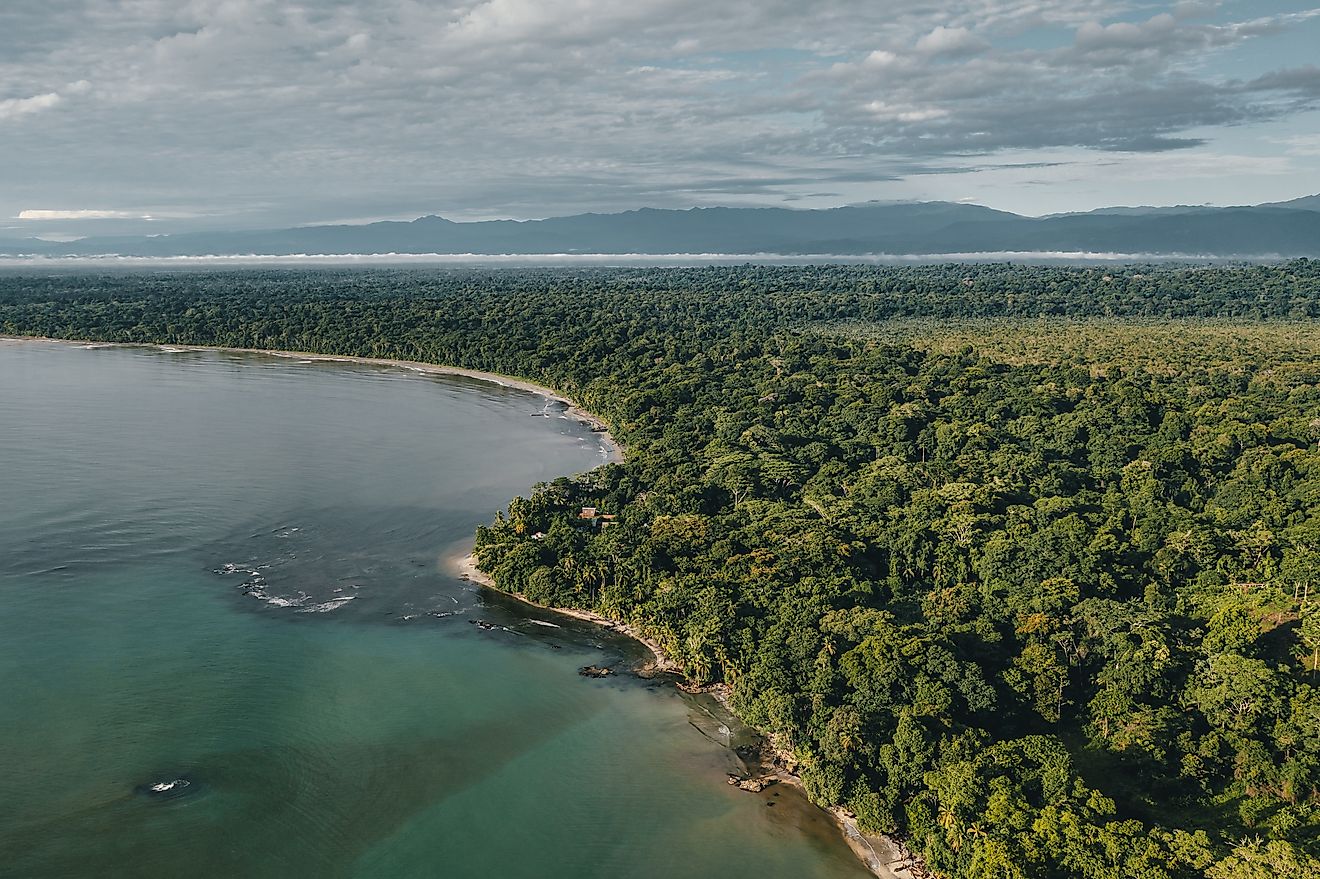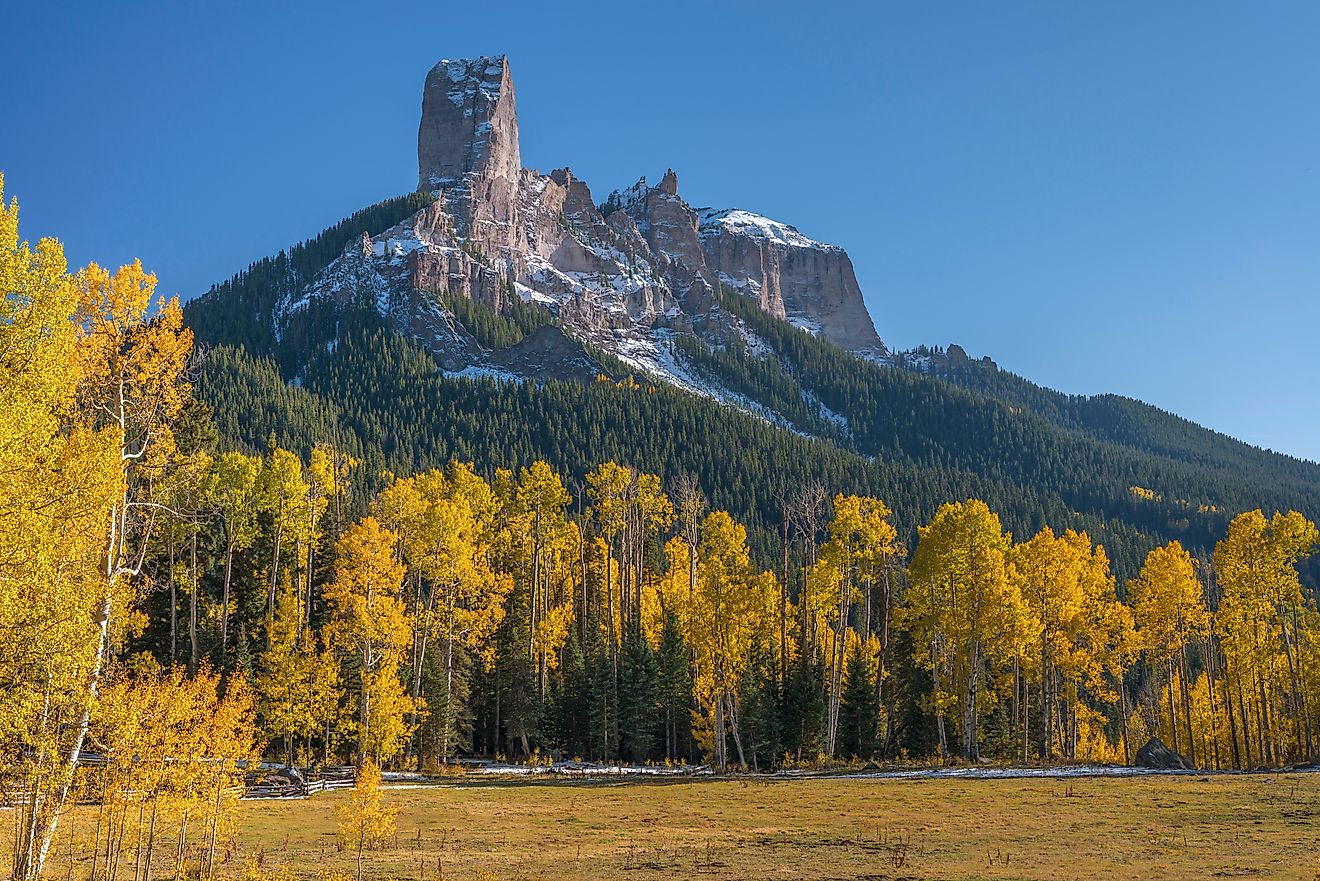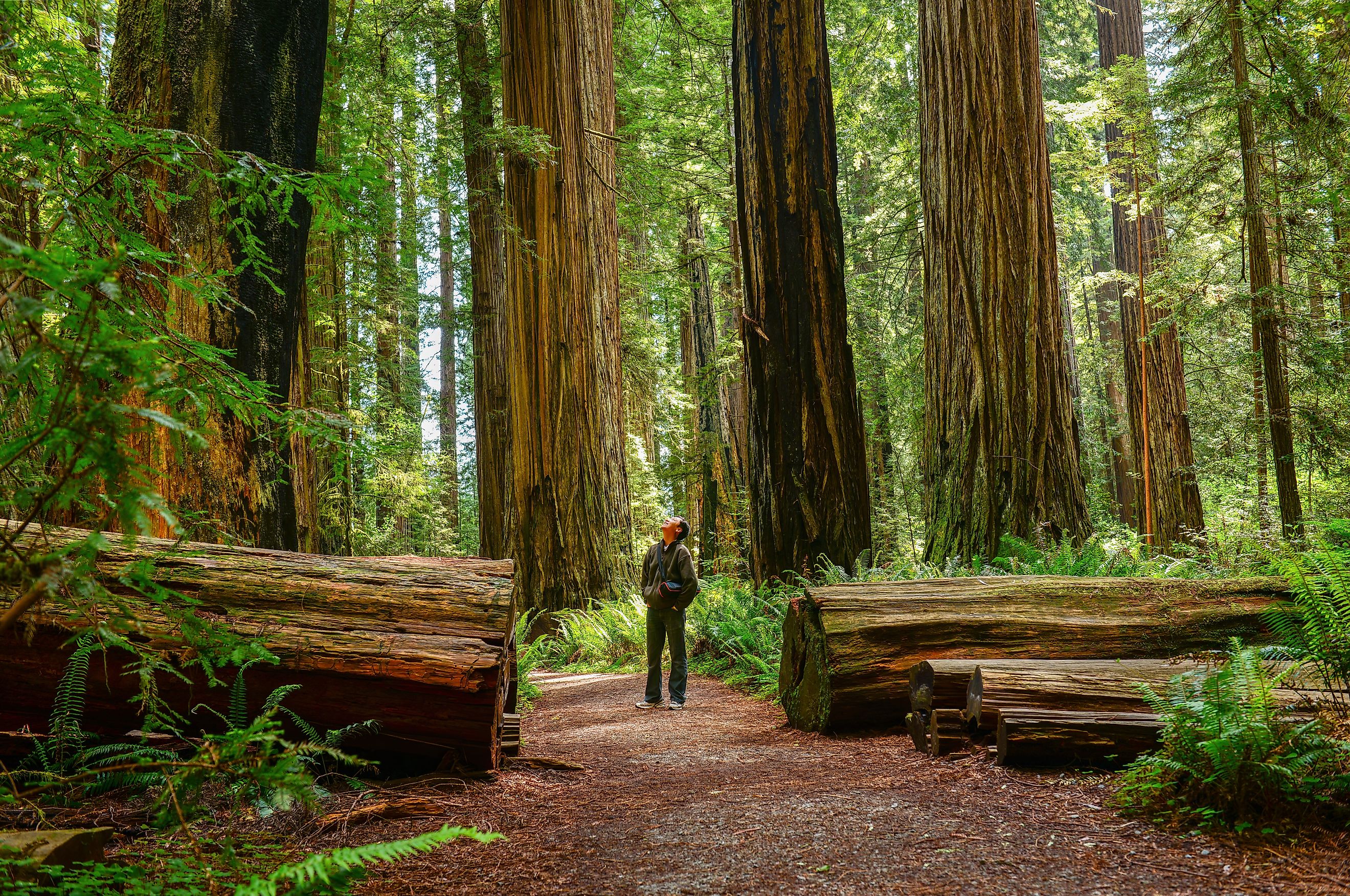
Redwood National Park
In the far northwestern corner of California, where sea mist drifts in from the Pacific and ancient forests tower like cathedrals, lies one of America’s most awe-inspiring natural wonders: Redwood National Park. Established in 1968 and expanded in 1978, this park is more than just a sanctuary for trees—it’s a 208-square-mile expanse of untamed wilderness, old-growth forests, and rugged coastline that tells the story of Earth’s ancient past and nature’s quiet resilience.
A Sanctuary for the World’s Tallest Trees
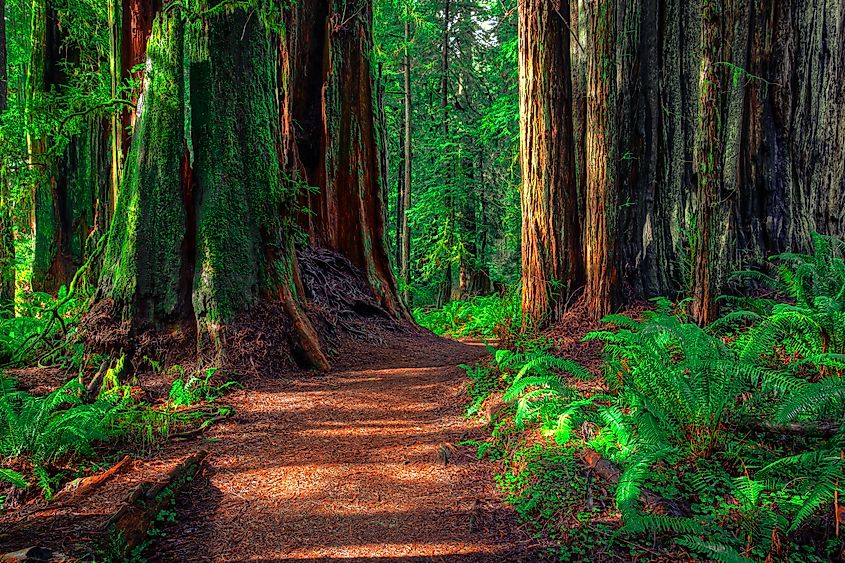
Redwood National Park is home to the tallest trees on the planet. These towering coast redwoods (Sequoia sempervirens) aren’t just tall—they’re titanic. While they average around 600 years of age, some specimens stretch back 2,000 years. In 1963, a redwood known as "Tall Tree" was measured at 367.8 feet, and though its crown has since broken off, several trees discovered later have surpassed 370 feet in height. Their massive trunks, some measuring 14 feet in diameter, defy time, weather, and even fire—thanks to bark that is thick, sapless, and fire-resistant.
But these trees are not only remarkable for their size and age. They play an essential ecological role, capturing carbon, producing oxygen, and creating habitats for countless species. More than one-third of Redwood National Park is still covered in pristine old-growth forest, making it a living museum of pre-industrial America’s natural splendor.
A Unique Partnership of Parks
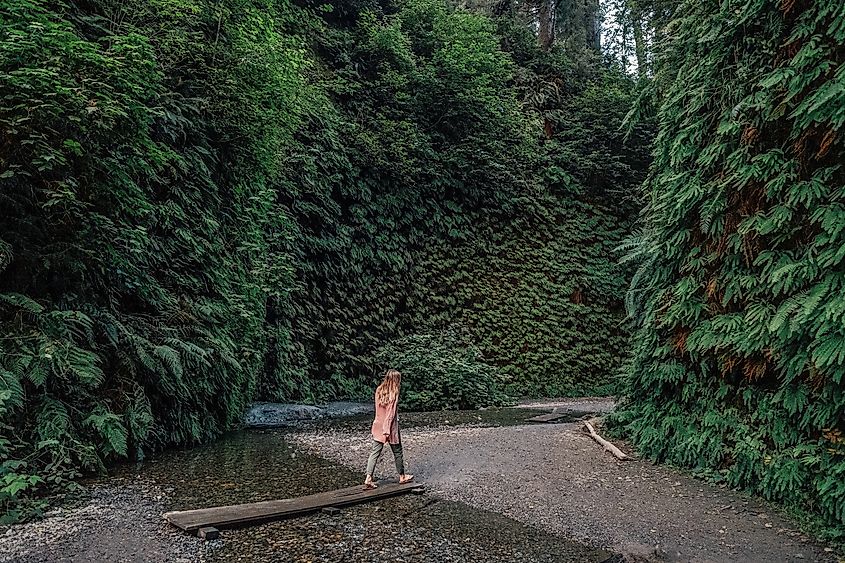
Redwood National Park is part of a rare cooperative effort between federal and state agencies. It shares its borders and management with three California state parks: Jedediah Smith Redwoods, Del Norte Coast Redwoods, and Prairie Creek Redwoods. Together, these parks form a continuous stretch of protected land that traces the California coastline from Crescent City to the town of Orick. This unified approach ensures that the redwoods, wildlife, and diverse ecosystems thrive in a coordinated conservation effort.
The park’s designation as a UNESCO World Heritage site in 1980 cemented its global importance. Its value extends far beyond its breathtaking vistas—it represents a fragile ecosystem that’s withstood millennia, now preserved for future generations.
Life Beneath the Canopy
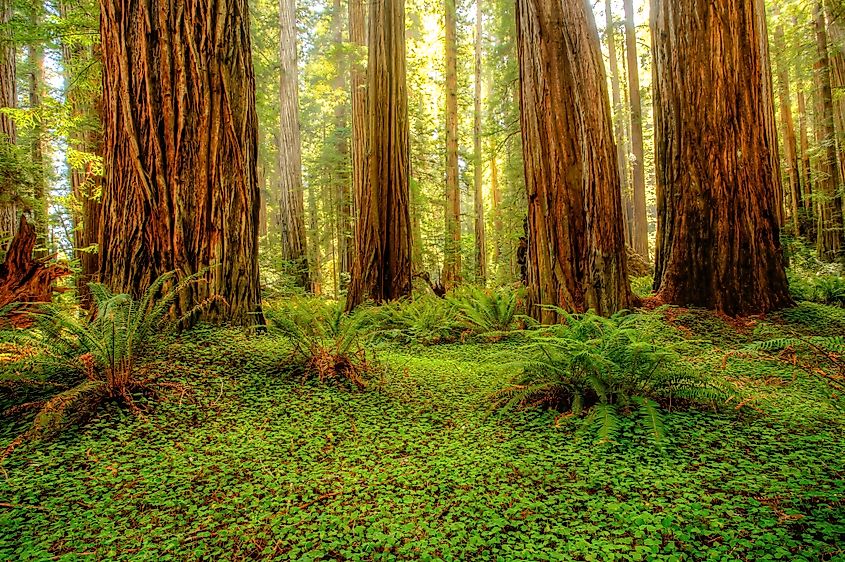
Beneath the towering redwoods, life teems in the filtered light. Ferns carpet the forest floor, while rhododendrons and berry bushes—like huckleberry, blackberry, and salmonberry—add bursts of green and color. Fog from the Pacific Ocean drifts inland during summer, supplying critical moisture to the ecosystem during the dry season.
The forest is also home to a surprising array of wildlife. Roosevelt elk, the park’s most iconic mammal, can often be seen grazing in open meadows or resting under the trees. Black bears, bobcats, and coyotes roam the woods, while blacktail deer and squirrels dart through the underbrush. Chipmunks chatter from moss-covered logs, and overhead, bald eagles and double-crested cormorants share the skies with the endangered California brown pelican.
Offshore, the natural drama continues. Harbor seals and sea lions patrol the rocky coastline, barking and diving through kelp forests that sway with the tides.
Trails, Trees, and Tranquility
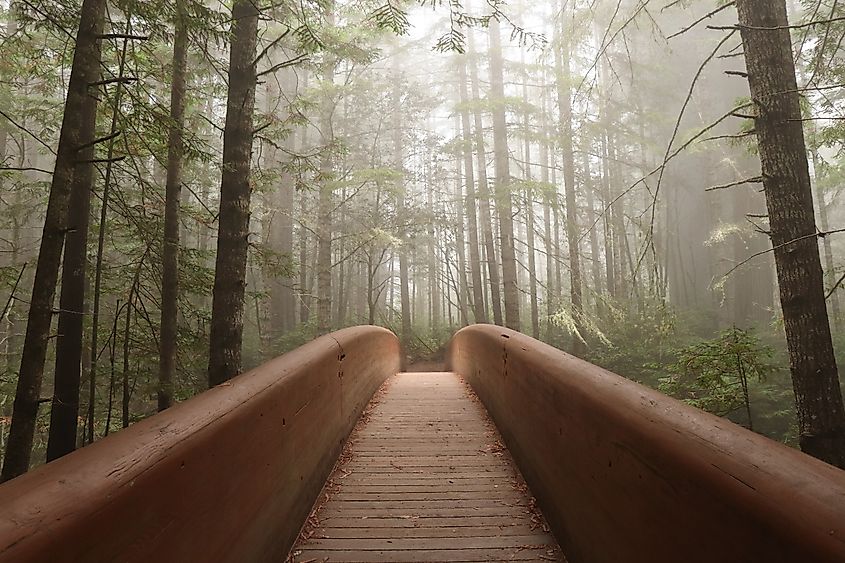
Redwood National Park offers an abundance of hiking, backpacking, and camping opportunities. Whether you're a seasoned backpacker or a first-time visitor, the trails here range from serene nature walks to challenging wilderness routes.
Among the most popular is the Tall Trees Grove Trail, a permit-only hike that leads to some of the tallest trees in the world. The Lady Bird Johnson Grove is another visitor favorite, offering an easy, family-friendly loop through moss-draped trees and fog-kissed trails. For a more rugged coastal experience, the Coastal Trail winds along the ocean's edge, combining forest and surf in one unforgettable journey.
Campgrounds at Jedediah Smith and Prairie Creek Redwoods State Parks offer overnight access to these stunning landscapes, allowing visitors to fall asleep under the stars and wake to the sound of birdsong and rustling leaves.
From Crescent City to Orick: Gateway Towns

Crescent City serves as the park’s headquarters and northern gateway. This coastal town provides supplies, lodging, and local restaurants for park-goers. South of Crescent City, the route winds past the mouth of the Klamath River and ends near the small town of Orick, another important access point with its own visitor center and access to Prairie Creek Redwoods.
These towns aren’t just pit stops—they're part of the park’s story. Each one has its own personality and history shaped by logging, fishing, and now, tourism and conservation.
A Forest Once Threatened

At one time, old-growth redwood forests spanned more than two million acres along the California coast. By the mid-20th century, relentless logging had reduced this area to less than 10 percent of its original size. Redwood National Park was born out of a movement to save what was left.
Even today, logging continues outside park boundaries, and conservation remains a key issue. Visitors are often surprised to learn that the battle to save the redwoods isn’t just history—it’s ongoing. Park rangers, scientists, and activists continue working to restore damaged areas, control invasive species, and protect watersheds that sustain the ecosystem.
